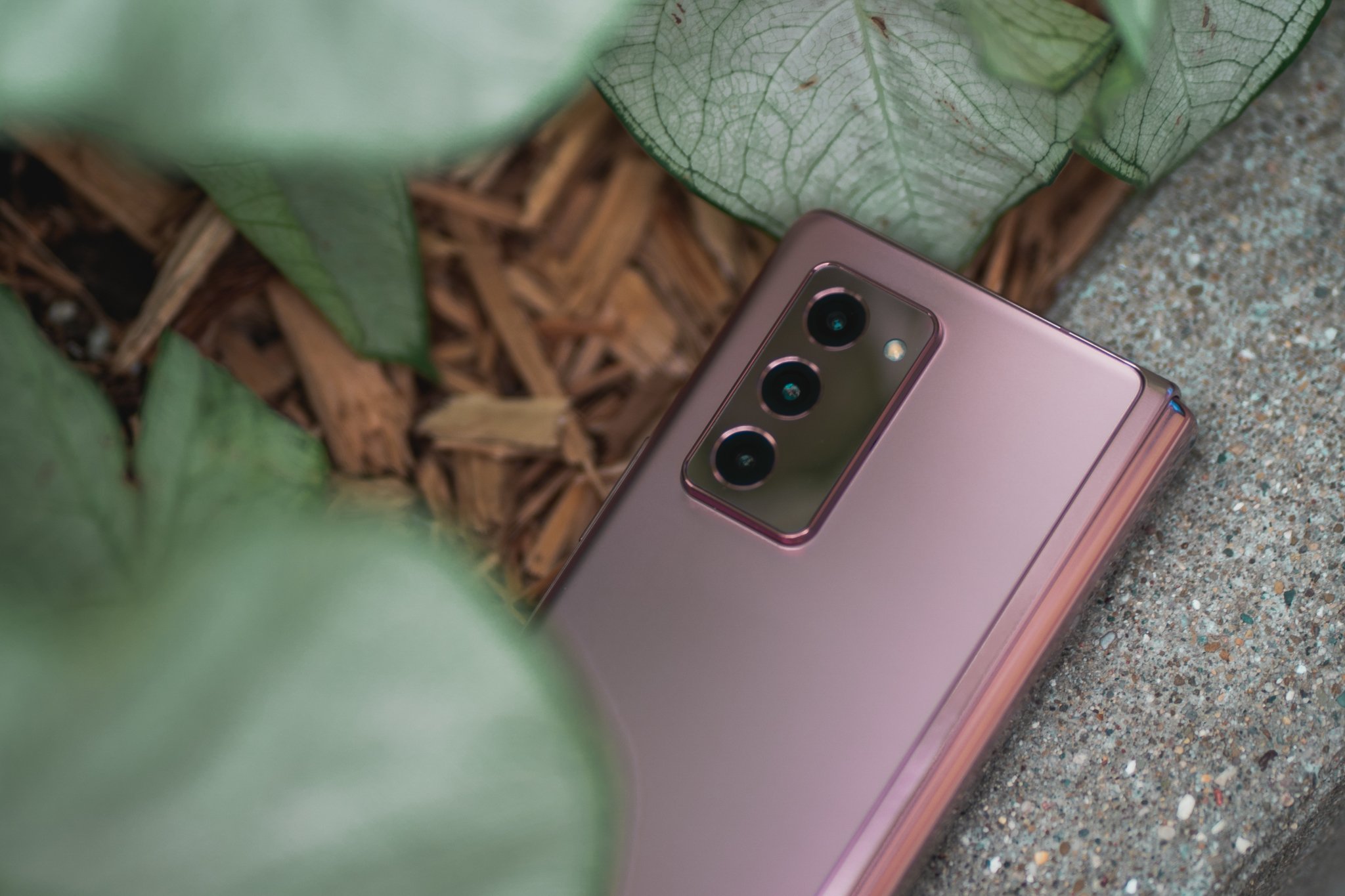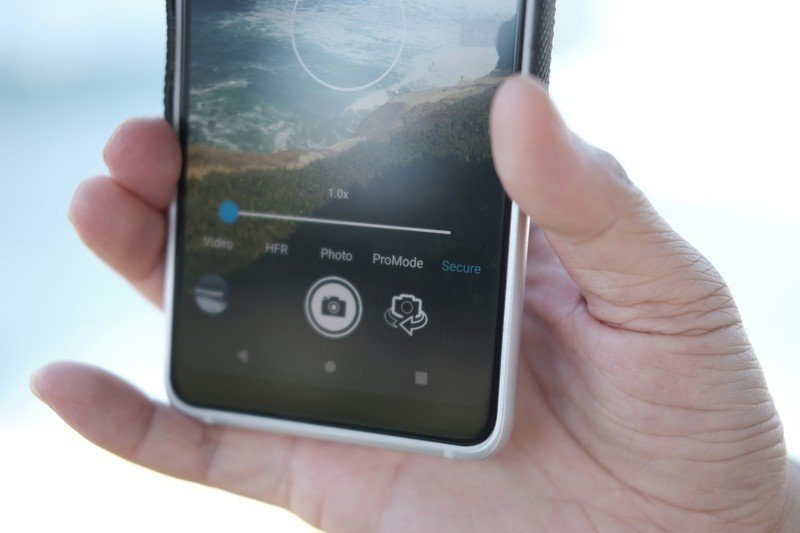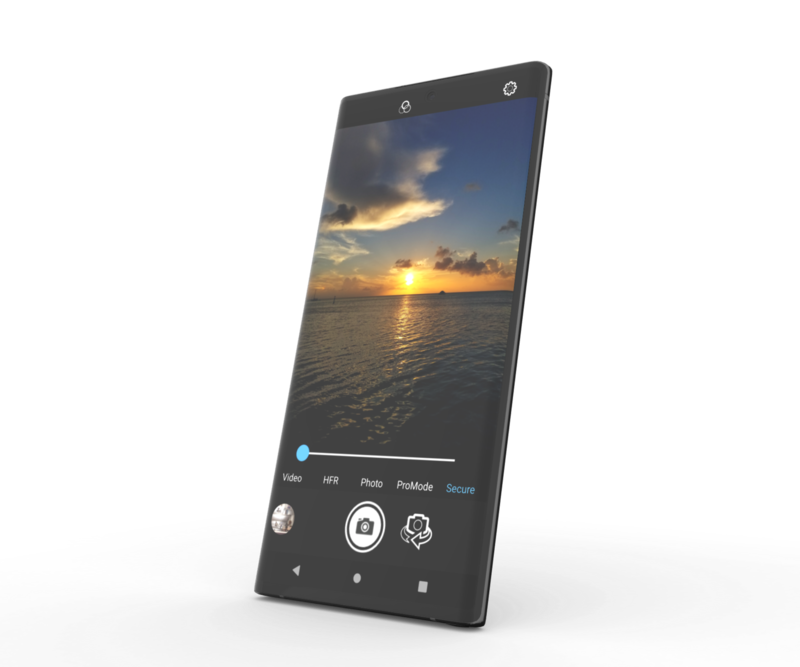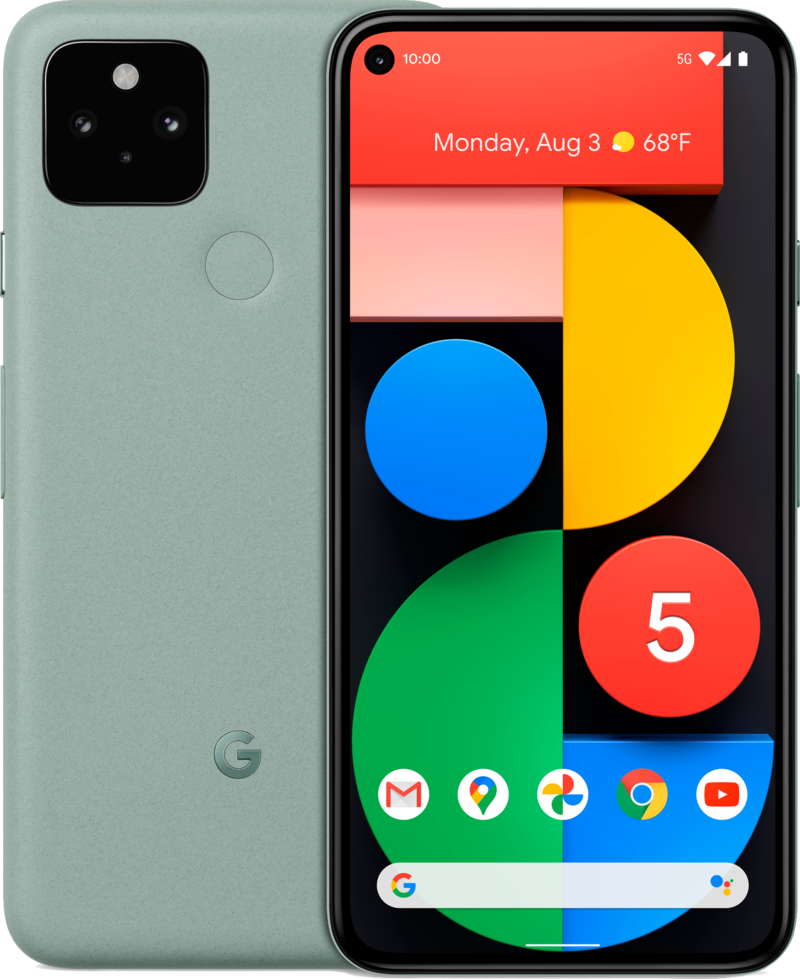Fake photos and videos are a huge problem, but this company is working with Qualcomm to fix it

Truepic is a small company from San Diego that you've probably never heard of. But what it's doing — developing a way to spot fake photos and video using your phone's camera and hardware — is something the world really needs.
Whether it's a political ad or a photo from a used car dealer, fake media is real. We see it shared on social media every day, mostly by people who have no idea if what they are sharing is real or not. Sometimes it's funny and, fake or not, is shared as a joke. But other times altered photos and videos are used to change some company's or some person's reputation. At times like the current U.S. election season or the social unrest you're seeing on the streets every day, it makes for a flood of disinformation.
Fake media can be funny or it can be dangerous. But it is real.
It's dangerous and everyone knows it. But what if there were an easy way to verify things like when a photo or video was taken, if it's been altered, or that it's really taken at the place it claims? That's what Truepic is doing and how the company is doing it is one of those ideas that is so simple you can't believe it hasn't been done before — stop trying to spot the fakes by providing an easy way to verify the validity.

The company is doing that using encrypted data that can be attached to a photo or video at the time it's captured, then read using standard tools that are part of applications like Adobe's Photoshop. And it is working with Qualcomm to try and make the whole process unhackable.
Forget using AI to spot a fake, just use technology that already exists in a new way to spot what's real.
How Truepic works is both simple and extremely complicated. The company has developed a secure shooting mode that can be part of a phone's system camera app. When you toggle it on, it changes the flow of information inside the device by communicating directly with the secure ISP elements inside a Qualcomm processor to build a standard jpeg image that has a "sidecar" of data. By bypassing the operating system there is no opportunity for another app to inject false data, and by encrypting the data directly through hardware there's no way to change it once the image is stored without leaving a trail.
Once you have a photo or a video with encoded and encrypted data about how it was captured, media outlets can use tools to check its validity. Forget using AI to spot a fake, just use technology that already exists in a new way to spot what's real.
And media companies are already interested. Through a group that calls itself the Content Authenticity Initiative, companies like the New York Times and Twitter are working out ways to automatically check the authenticity of any media and applications like Photoshop are allowing for individuals to do the same.
Be an expert in 5 minutes
Get the latest news from Android Central, your trusted companion in the world of Android
This is a powerful tool for something like an insurance claims department or an eBay seller who sees fake photos accompanying fake claims every day. It's even more powerful for you and me when we see Twitter or Facebook label a video about a politician labeled as a fake when it's not authentic or the Times who can pass on a story that isn't quite what it claims to be on the surface.

I spoke with Truepic VP Sherif Hanna and Qualcomm VP Manvinder Singh about the tech and left the meeting feeling very upbeat about both the state of this tech and the importance of it. Both companies are for-profit, but you can tell that they also recognize the need and importance of finding the right way to fix a broken system regardless of any profits.
Truepic knows how to make this idea work but it needs both chipmakers and phone manufacturers to make it possible. Qualcomm is leading the charge.
While Truepic has figured out the methods to make this happen, having Qualcomm as a partner gives us the means. Without a secure data path from the camera lens to your phone's storage, none of this would be possible. It also requires partner adoption — Truepic can't force itself into a phone's stock camera app and companies that manufacture phones have to sign on. Truepic will have news about that at a later date, but Hanna wasn't able to share any details during our meeting.
The one big issue that could throw a wrench into widespread adoption is Apple. Because Truepic is using actual hardware to verify media, companies who make phone chips have to sign on to the idea. Since Apple sells a lot of phones every year, it would be really good if it were willing to work with Truepic. Of course the same goes for companies like Samsung and MediaTek, but they don't have the same propensity to go their own way as Apple does. Call it arrogance if you like, but Apple has traditionally refused to play nice with others.
This type of innovation is important; nobody likes being lied to. Today, when some media company shows a doctored video it can spread like wildfire, and even when proven to be a fake many refuse to believe that. Hopefully, the near future can change things and we'll see wide adoption of a very simple but very secure way to make sure what we're seeing is real.

Google Pixel 5
Google didn't shoot for the moon, but it landed among the stars anyway. The Pixel 5 is one of the best and most accessible phones of the year, offering most people everything they want and nothing they don't.

Jerry is an amateur woodworker and struggling shade tree mechanic. There's nothing he can't take apart, but many things he can't reassemble. You'll find him writing and speaking his loud opinion on Android Central and occasionally on Threads.
